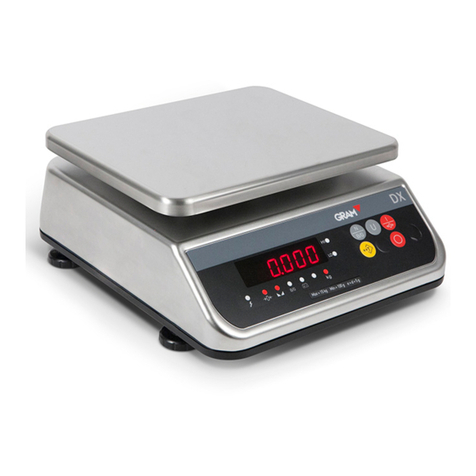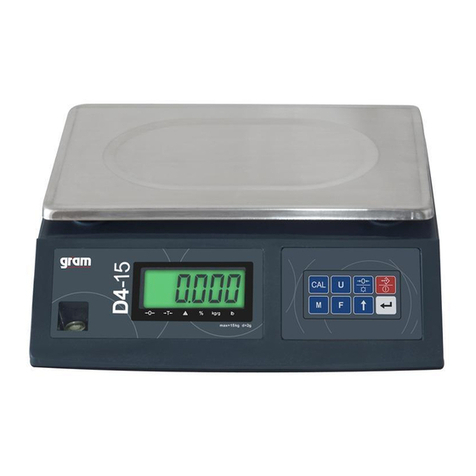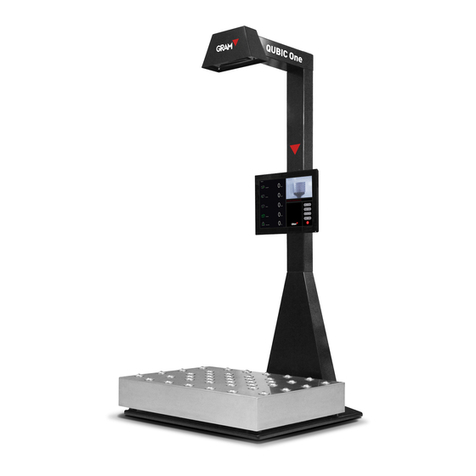Gram GEC Series User manual
Other Gram Scale manuals
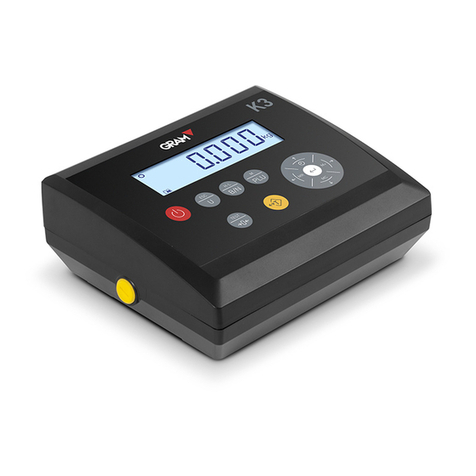
Gram
Gram K3 SERIES User manual
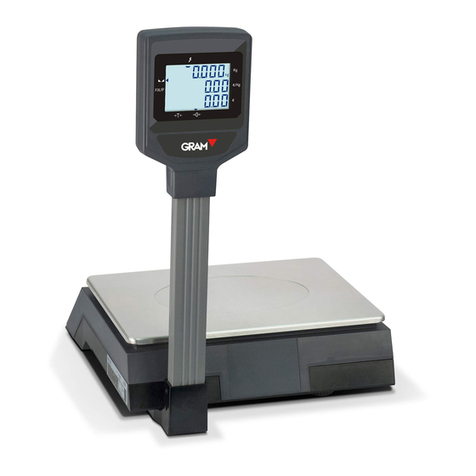
Gram
Gram ZFOC Series User manual

Gram
Gram WHITE MEL SERIES User manual
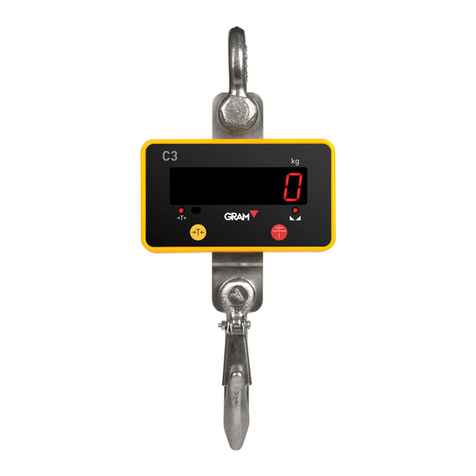
Gram
Gram C3 Series User manual

Gram
Gram SPX 600D User manual

Gram
Gram FV 220 User manual
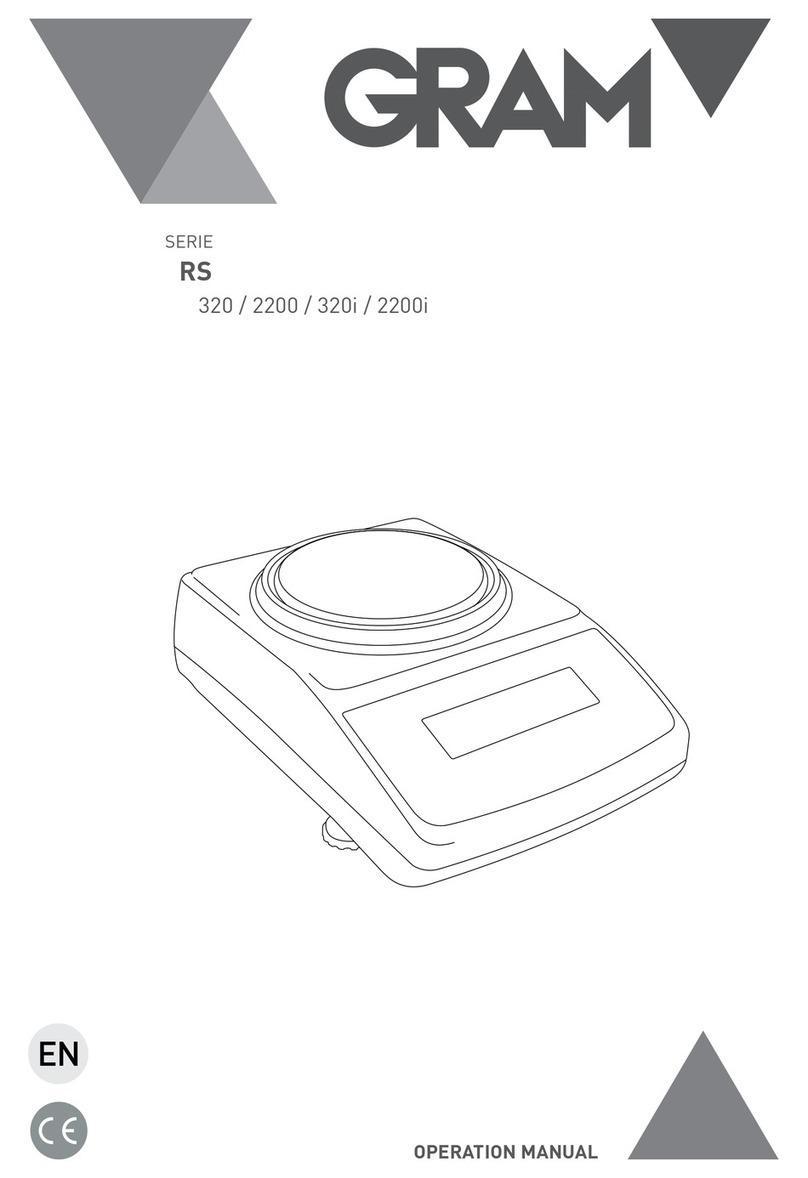
Gram
Gram RS Series User manual
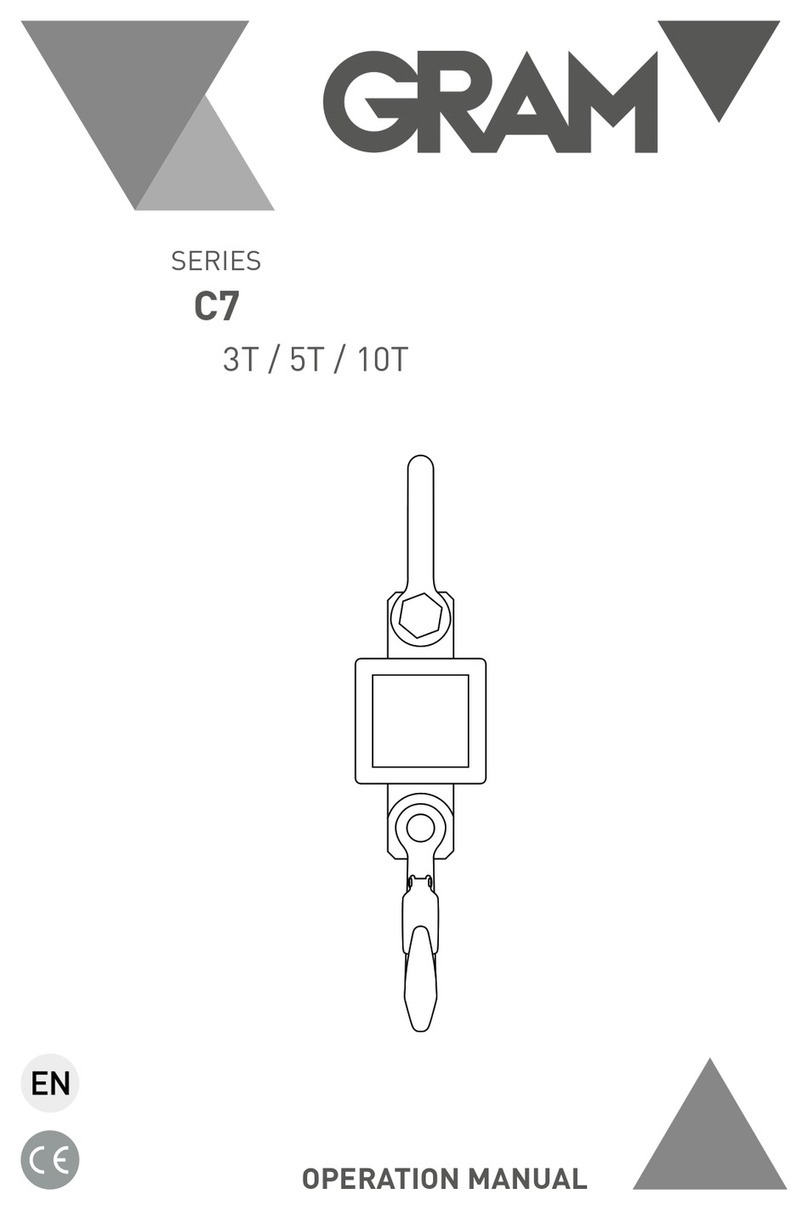
Gram
Gram C7 Series User manual
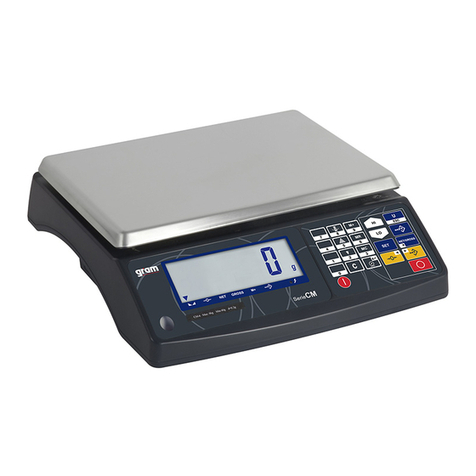
Gram
Gram CM-3 User manual

Gram
Gram K3X Series User manual
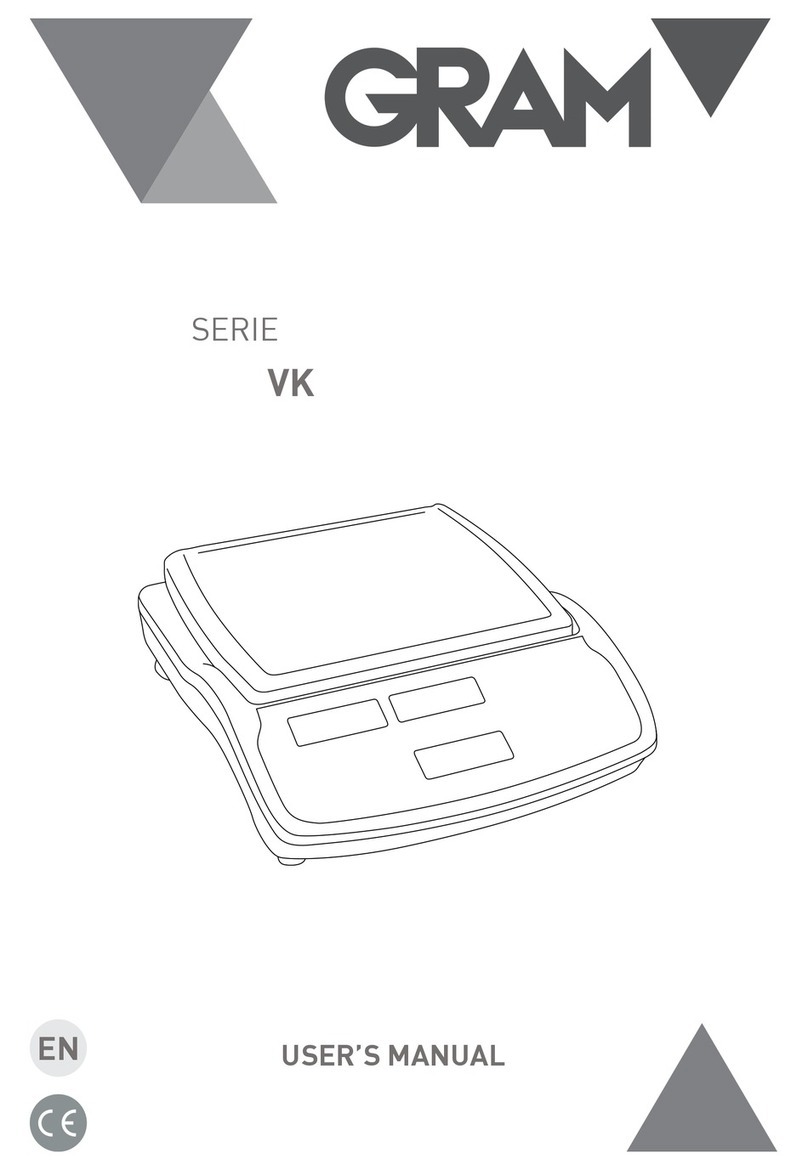
Gram
Gram VK Series User manual
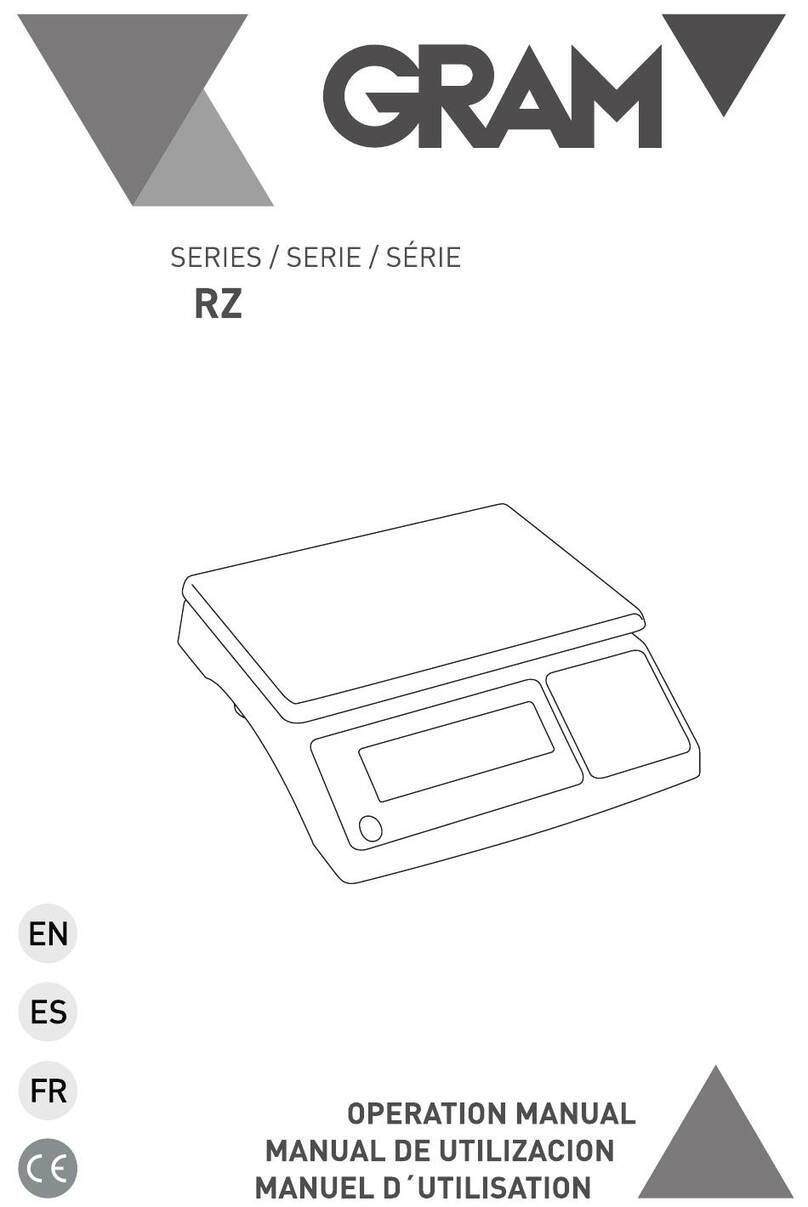
Gram
Gram RZ Series User manual
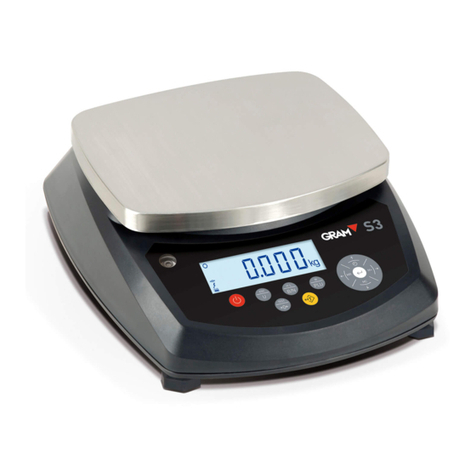
Gram
Gram S3 SERIES User manual
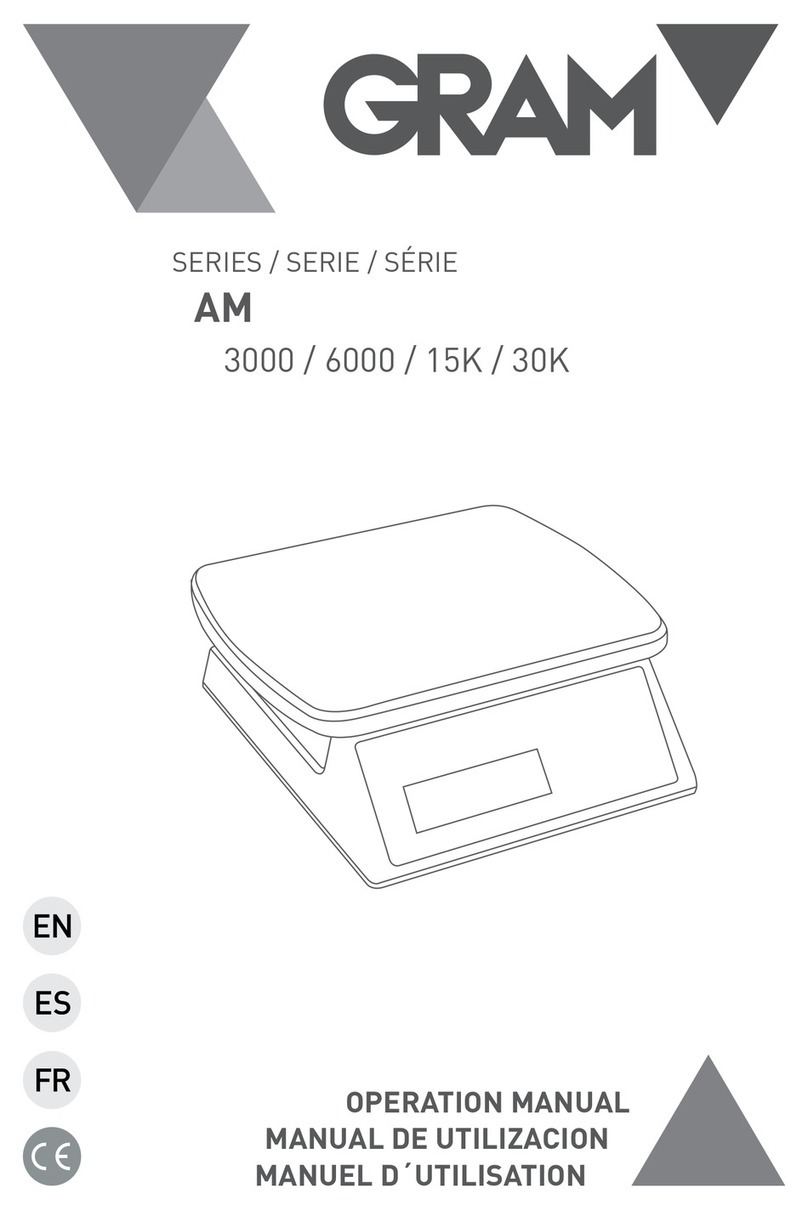
Gram
Gram AM-3000 Installation manual
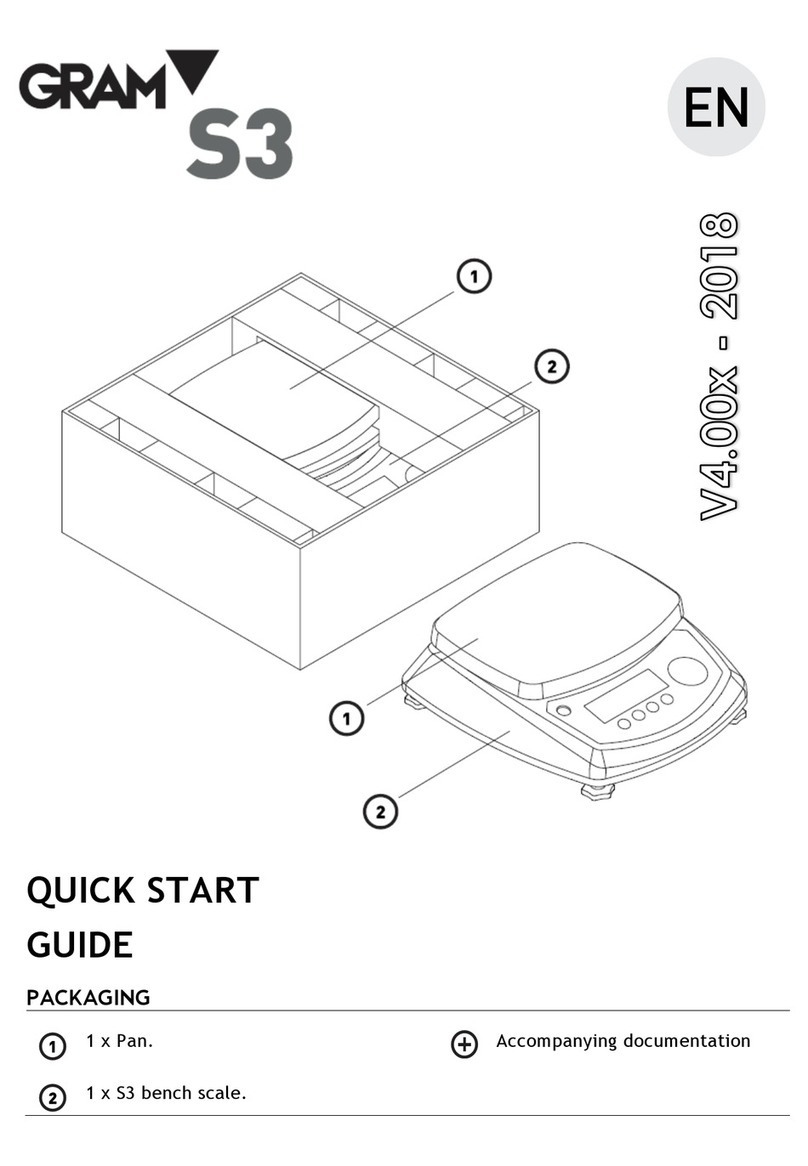
Gram
Gram S3 SERIES User manual
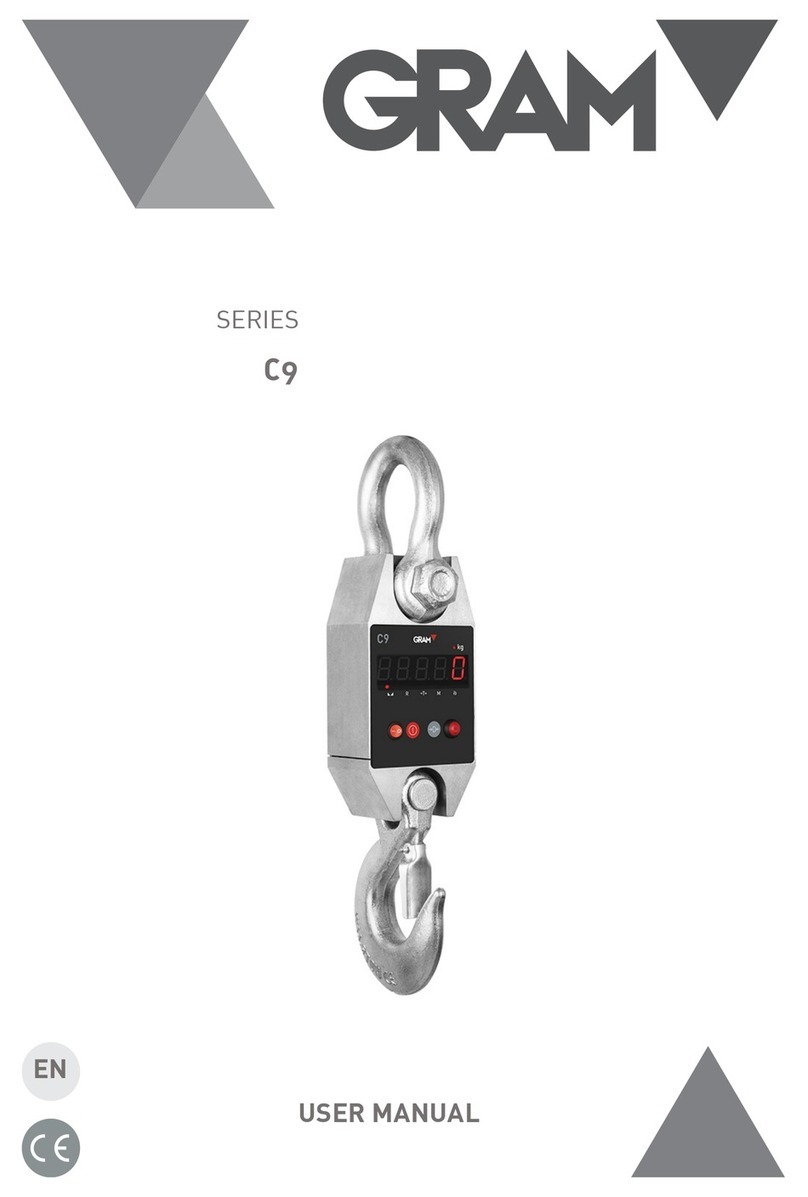
Gram
Gram C9 Series User manual

Gram
Gram S5i SERIES User manual
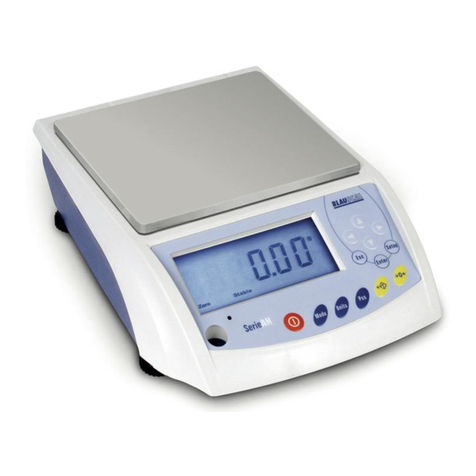
Gram
Gram AH series User manual
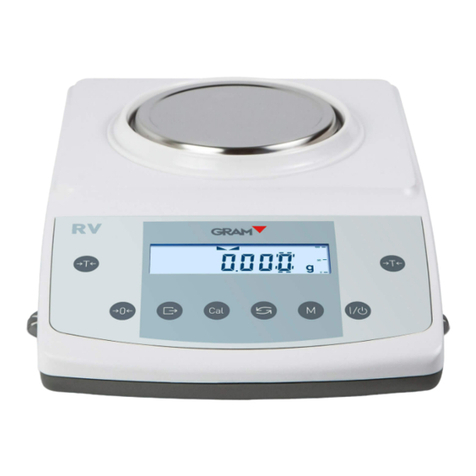
Gram
Gram RV-300i User manual
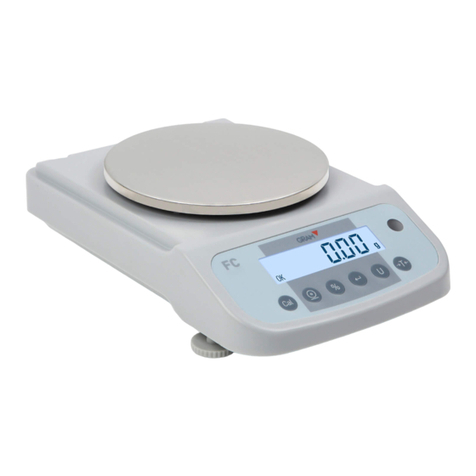
Gram
Gram FC Series User manual
